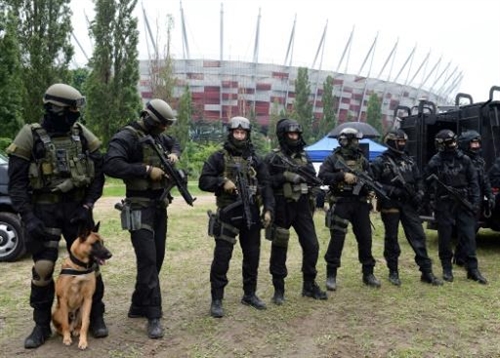

 |
| More than 31,000 soldiers from 24 NATO and former-Soviet "Partnership for Peace" states including Ukraine are taking part in the manoeuvres, held biannually across Poland since 2006.- AFP/VNA Photo |
The two-week long Anaconda manoeuvres are aimed at "checking the alliance’s ability to defend its eastern flank", Polish Defence Minister Antoni Macierewicz said at formal opening ceremonies in
More than 31,000 soldiers from 24 NATO and former-Soviet "Partnership for Peace" states including
Some 14,000
US Army Chief of Staff Mark Milley said the American presence "demonstrates that we are shoulder to shoulder with the Polish people" and that the exercises would "improve our collective readiness".
They come a month ahead of a "landmark" NATO summit in
While NATO cut all practical cooperation with
But just last month Moscow and Washington accused each other of mounting an aggressive military presence in northern Europe as the United States broke ground on a missile shield in NATO allies Poland and Romania.
The Kremlin said it would set up three new divisions in the west and south of the country by the end of the year to counter NATO forces close to its border.
Hybrid warfare
Macierewicz said on Monday that Polish paramilitary forces will take part in the Anaconda exercises for the first time, part of
That tactic is based on deception rather than a formal declaration of war, NATO strategists.
Macierewicz said last week that
In line with the agreement, the Pentagon said in March it would deploy an additional armoured brigade of about 4,200 troops in eastern Europe from early 2017 on a rotational basis -- not a permanent base. — AFP









